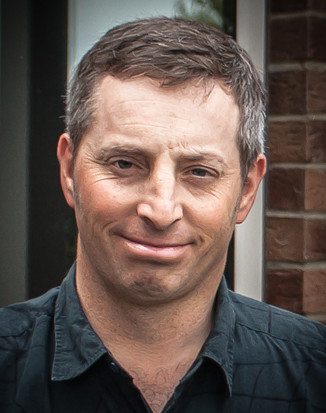3rd GGF - Frederick John Hasler, left Liverpool on the 2nd of February 1869, bound for Melbourne, Australia, aboard the S.S Great Britain. He landed on either the 8th or 9th of April, in Melbourne.
His diary of the journey to Australia, depicts some boredom and to keep himself amused, he would be chatting with the Girls, playing the Piano/Accordion, in a "Sing-A-Long" type of thing, drank a bit of alcohol etc. He noted the weather, which was kind of rough from the first half of the trip.
There were a few events on the ship, that show a bit of reality, one man jumped overboard and was lost to the sea (something about a woman and a child involved with him) and a lot of people were sick.
One man died and was "committed to the deep". A child died as well. A horse also died and that was also thrown overboard, but Frederick wrote it like it was quite a fun thing to do. He wrote "It was quite jolly". There was some sort of procession with the ships crew, almost like paying homage to the Horse, whilst burying it at sea?
Frederick also noted a few fights that broke out or rowdy behavior was had, but mainly it involved too much alcohol. He also had a few kisses from some girls and one "fell out" with him, because he didn't "walk with her" upon the deck.
In his writings, he doesn't mention on what awaits him in Australia, either in a photographical sense or life wise. The diary only depicts what happened during the trip, not any thoughts of what was to come. I have found this quite odd, as if he's been to Australia before and knows what it's all about.
Either that or George gave him a heads up? But it is apparent that he speaks a bit "nonchalant" about the trip until the last week.
He does not disclose any family whatsoever, that is back home in Ireland or on the ship.
Not even his brother George.
We suspect George is currently in Melbourne awaiting for his Brother's arrival and that no other Hasler or relavtive, is traveling with Frederick.
His last few writings were :
7-4-1869 - "Fine and a head wind, screw down, a regular Australian day. Getting ready for landing, expect to see land tomorrow, bed at 8"
8-4-1869 - "Land in view at 5 o'clock, great excitement, very fine. Another child sick. Just come to "The Heads". Pilot. "
"The Heads" is known as the opening to Port Phillip Bay - a 3km wide opening"
 |
| 25th Sep 1871 - Melbourne Argus |
To put this union into a perspective, Frederick and his family lived in Galway City. Frederick's parents lived on Nun's Island.
Eliza's Parents were Persse family relatives (1st Cousins). Henry Hood Newenham and Annie Persse, were "nephew/niece" to Henry Stratford Persse, that ran the Nuns Island "Persse Distillery".
So in a sense, their Galway roots had replanted in Melbourne.
Frederick and Eliza, went on to have 7 children, their first child died as an infant, but the rest survived into adulthood.
During this time, Frederick's profession was a photographer. His brother George was also in Melbourne at this stage, as a professional photographer. We only see evidence of these boys in the photographic point of view, well after 1869. George first then many years later of Frederick.
(Back story dialogue) In late 1869, we can see George becoming a manager and a partner of the already established, "Johnstone O'Shannessy & Co." photographic firm. This was originally partnered by an Irish lady from Co. Galway - Emily O'Shannessy (E.F.K O'Shaughnessy) and British born Henry James Johnstone. These 2 people originally created the company located at "3 Bourke Street East", in the mid 1860's, when George became part of the company in late 1869. The brand name of the company did not change to reflect George's involvement, but it seems that from later documentation, that George took more of the business on, whereas Emily reduced her workload.
It is noted that Henry was the primary photographer, Emily took pictures mainly of the women.
And Henry was quite "flamboyant". George was a manager, but then became a photographer.
Part of me, had a thought that a previous photographic sitting of the Newenham's, in the Johnstone O'Shannessy studio, may have allowed the Hasler's to meet/greet them. As my 3rd GGM was photographed in the studio somewhere between 1868 and 1872. But this is a co-incidental thought, as it was plausible for them to meet, but it is not proven that this was the case.
 |
| 9th Sep 1871 - The Australiasian |
They had 2 children, Ethel and Muriel.
 |
| Frederick & Eliza's Son - Edgar Claude Hasler c.1877 |
What has created quite a unknown story, is that Frederick technically wasn't part of this business as such. Frederick seems to have stabilised himself, at his own City store located at 96 Elizabeth Street (I am not sure if this address, was affected by the 1889 address changes, by the City of Melbourne).
He was at this address around 1875-1880.
By family records, Frederick's family lived in Gurner Street, St.Kilda, which co-incidentally happens to be the address of a Patrick Hasler, who also was a photographer around this time.
As far as I am aware, there was no-one known to the family, by the name of Patrick and no family records exist, to suggest that there was ever a Patrick. So it's quite suggestive that Frederick created a pseudonym or it was an unknown relative, as Patrick was only there at Gurner Street for about a year.
 |
| 23rd Mar 1878 - The Australiasian |
He was the official photographer of the "Intercolonial 8's", that was set on a rivalry between New South Wales and Victoria. However, these images cannot be found and may be placed with a club or historical society (if the still survive).
There is some form of minor collaboration by Frederick, with Johnstone O'Shannessy, but nothing by any large proportion, or to note him by. So we can only go on information that shows Frederick and George, did lead separate lives in the photography world.
There is a reference as well, to Frederick running a photographic studio from Octavia Street, St.Kilda from 1885-1889, we can only assume that he closed up Elizabeth Street address and brought the studio to his home, which seems the case.
You could assume that his growing family needed attention through the "growing up" part of life, so we can assume that he did bring the studio home because of family needs.
In 1891, Frederick's wife - Eliza (Persse Newenham) Hasler, passed away from a "long illness".
Frederick was left with 6 kids under 17. Not much is known after this period until 1897.
1897 was to be a big year for the Hasler's and it would challenge them, like no other year.



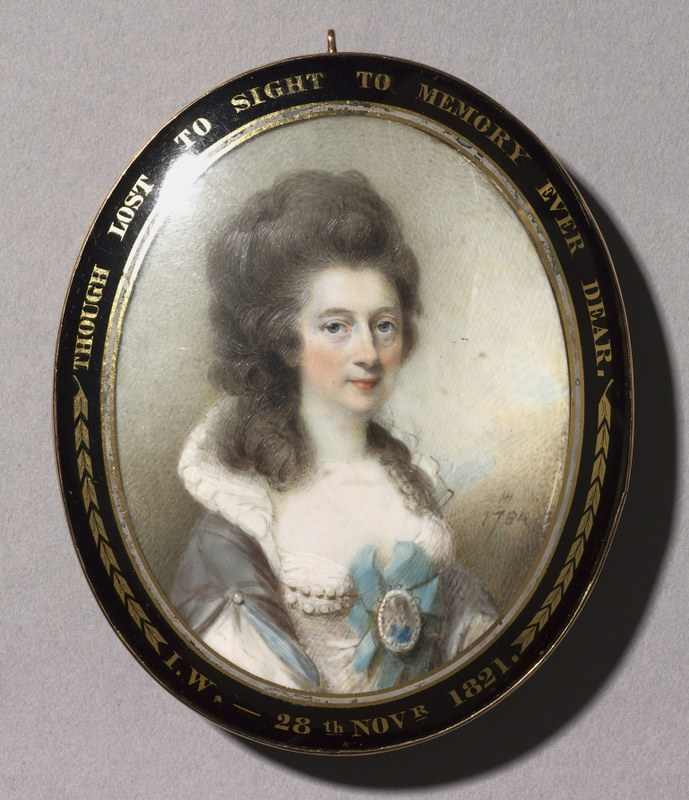
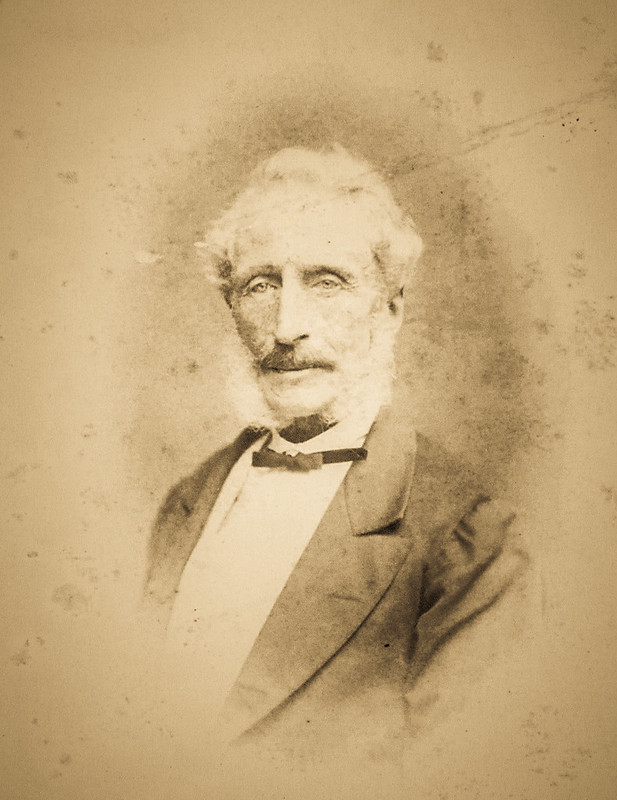
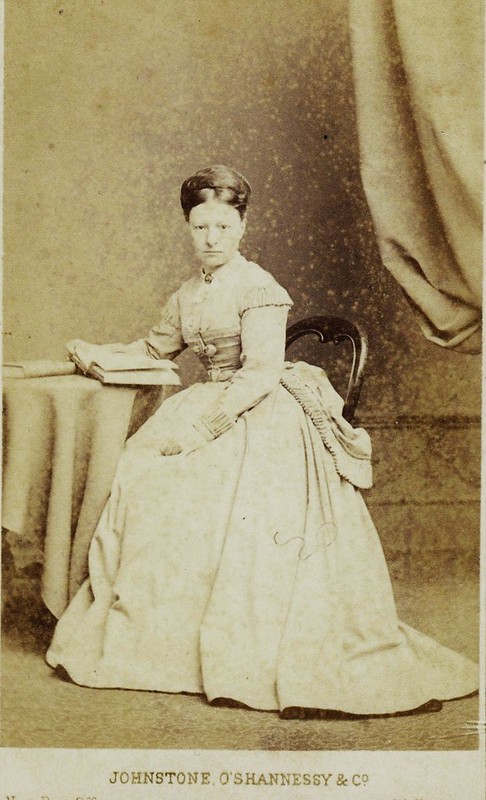

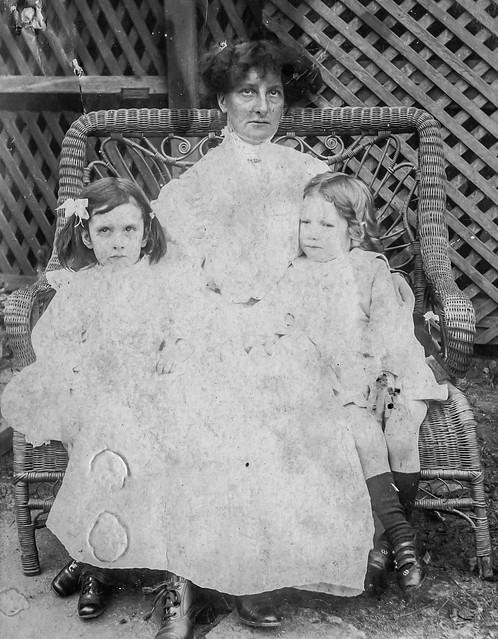
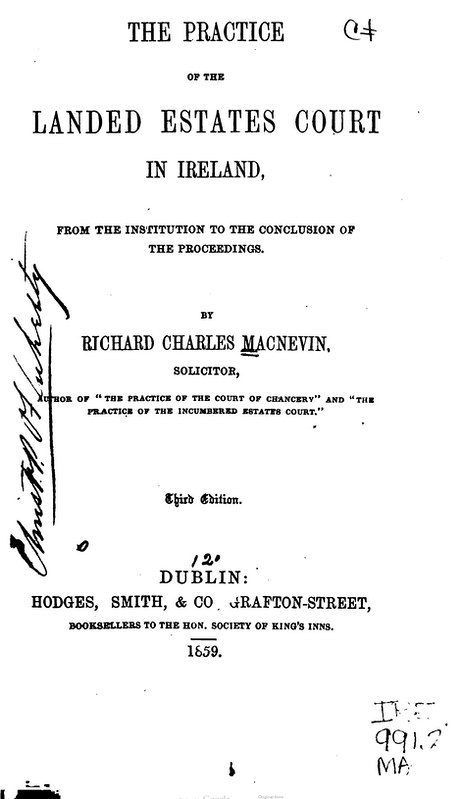







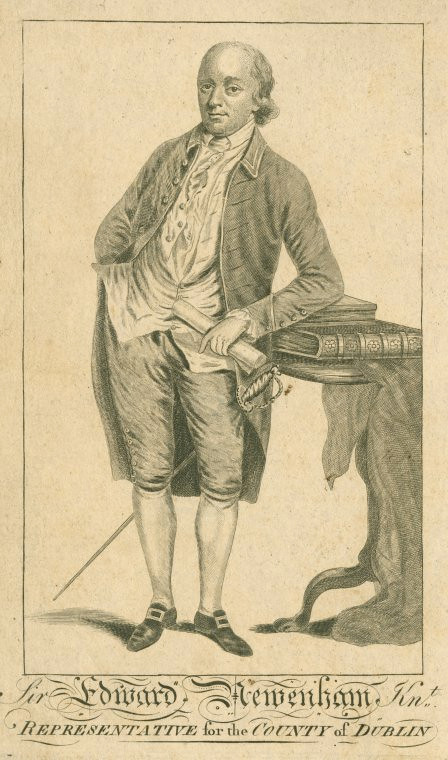

























.jpg)




